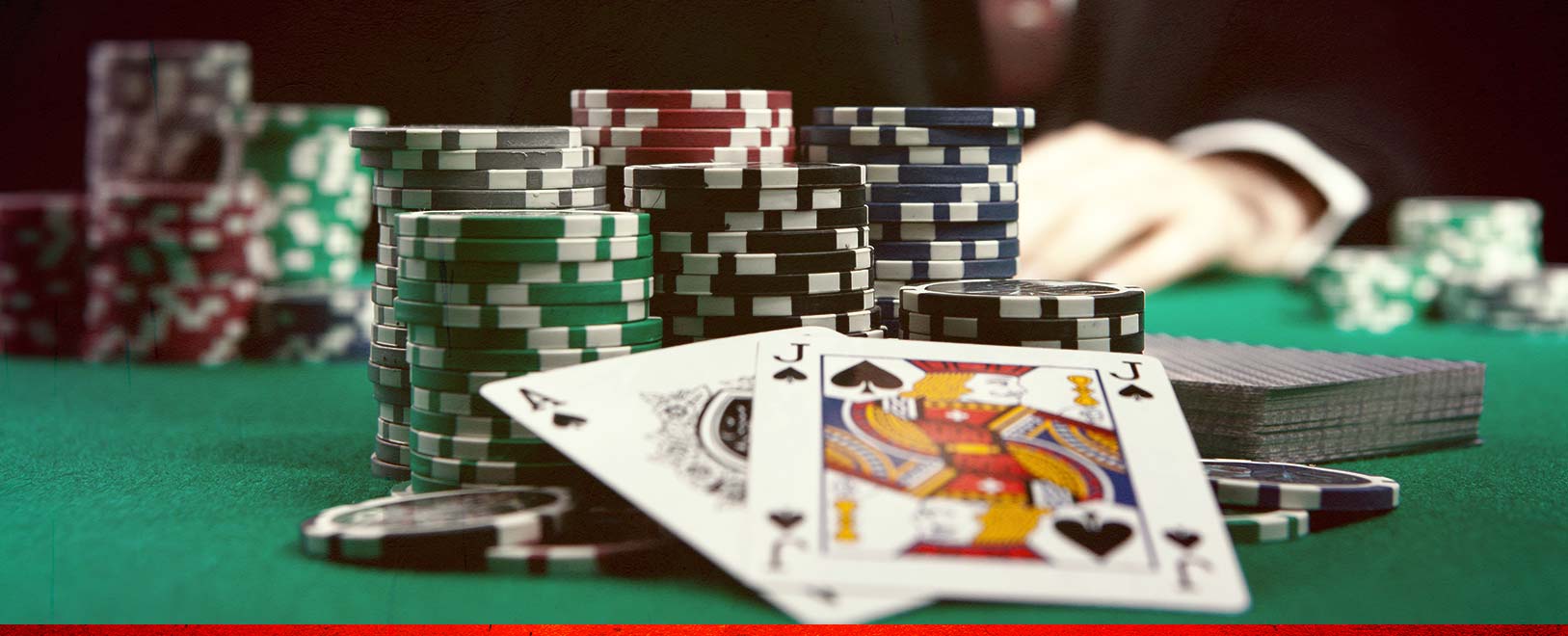The correct poker strategy at the beginning of a sit and go tournament is to blend in with the competition and just play tight. At least, that’s the common conventional wisdom. The problem with that philosophy is that sooner or later, a good player will run into a hand that’s just impossible. That’s when bluffing can really be a benefit as your opponents are naturally pre-disposed to fold.
What’s the Proper Poker Strategy?
The absolute best poker strategy is to throw your opponents off by mixing it up and playing weak hands and good hands aggressively. As you mix up your play, the chances the opponents have of thinking you are playing a hand decrease. However, there is a downside to this style of play. namely, if you are very predictable in your betting, you will become a sitting duck for a lot of fish. That’s because the other players will hunt you down and eat you.
The Basic Odds
The basic odds in poker are each hand is the same as every hand the opponent. The probability of a specific hand winning is 1 in 52. The highest hand win is the royal flush, the flush, the full house, and the four of a kind. The lowest hand win is the high card.
The value of a hand is determined by the probability of it winning. In order to use the basic odds, you need to know there are 52 cards in a deck and you need to decide which cards are more likely to win than others are. In other words, you need to know what are the odds against you of your pocket coming up on the flop, turn, and river.

A Few Rules
Chances on Perfect Information
You receiving perfect information is like striking gold. You are almost certain your opponent does not hold the pocket cards. In poker information is power, and knowing the odds and probabilities of a hand is a great way to power through a bluff.
The Player Information
The first thing you should do is watch the players as they make their bets. During the play it is best to observe the players bets, especially those bets late. Since the bets are late and nobody has bet their pocket cards, you can determine with a high degree of certainty that they do not have a strong hand.
When you bet late, you can eliminate a large part of the range of hands your opponents may be holding. Therefore, you should bet late, and be prepared to fold on a hand, or become very aggressive. If your opponents show weak tendencies, you can use these to your advantage and bet aggressively and take down a pot. When you become very familiar with your opponents, you will be able to tell when they have a strong or weak hand.
The Betting Exchange Strategies
become more selective of hands to play in the pre-flop phase and exercise fewer but stringent requirements on the firing slate. Play stronger hands in early positions and easier hands in late positions. Play a wider range of hands in early positions but straighter cards in late positions.
In the post-flop phase become more selective with your hands. Shuffle your selection of hands and reduce the range of hands on your cards. reduce the range of hands on your cards – the more cards in a suited sequence the less your chances of hitting a flush. Suited picture cards are stronger than unsuited cards.
Increase the frequency on your firing sequence. Bet more frequently and let your cards play more aggressively. When you post and return to the flop, be sure the flop gives you a pair or higher. Bet aggressively when you have pair in your possession.
The most important of all is to limit your use of continuation betting. During the post-flop phase, check your decision and bet only if appropriate. When you play first, you should always bet only when positive expectation awaits you.
The Continuation Baccarat Strategy
Successful play of the baccarat involves using a modified form of the basic strategy. The goal is to limit your opponent’s betting and control the outcomes. There are two main approaches to do this, either you can offer a very good hand to start with or you can deliver a very good hand plus additional information to your opponents.
The first method to use is the “cut and dry” method. You will either very good or poor cards in the starting phase. As your opponents place their bets, you will either keep raising your bet or, if you have a poor hand, you will fold. This is the easiest method as you are not giving away much information to your opponents.
The second method requires a little more thought. When you receive good cards, you should not be afraid to bet. You should place a bet because you might be able to take the pot down on the flop. If you are raised, you should only continue betting until you have a high hand.
